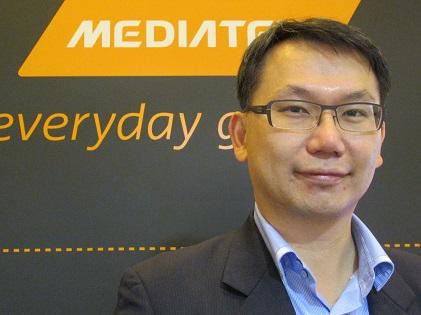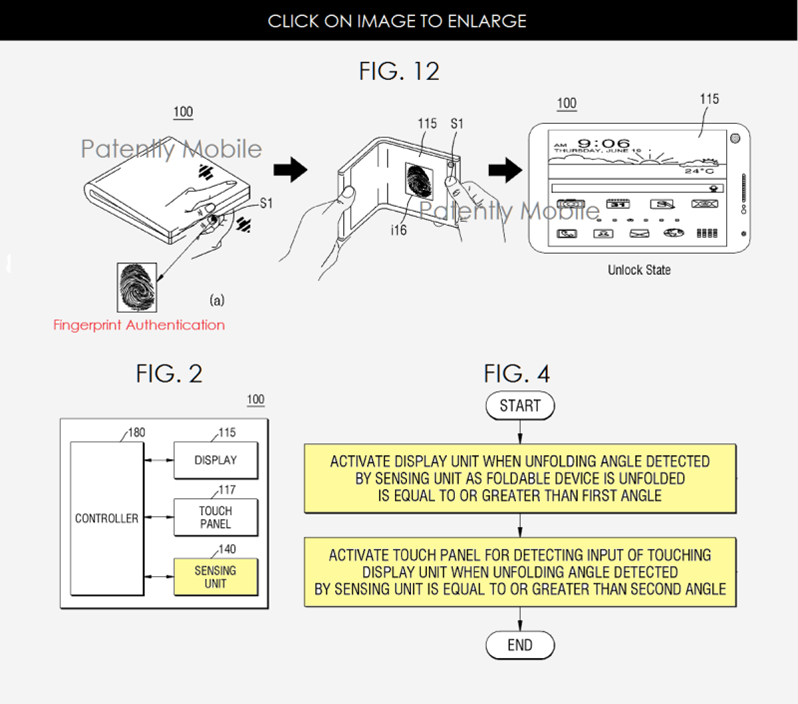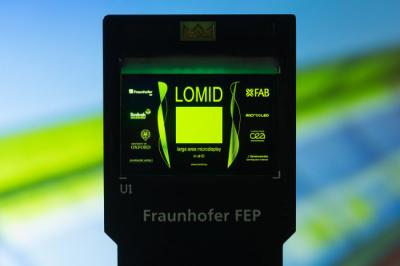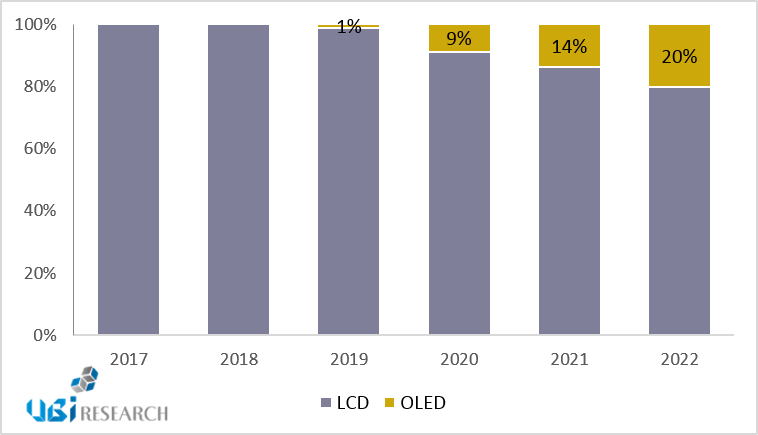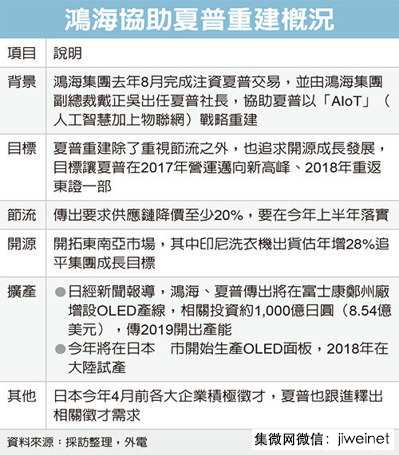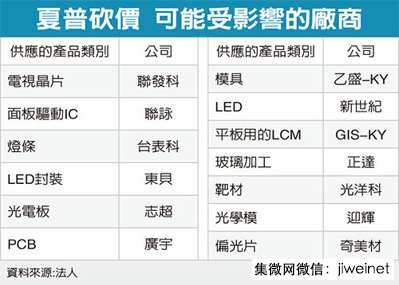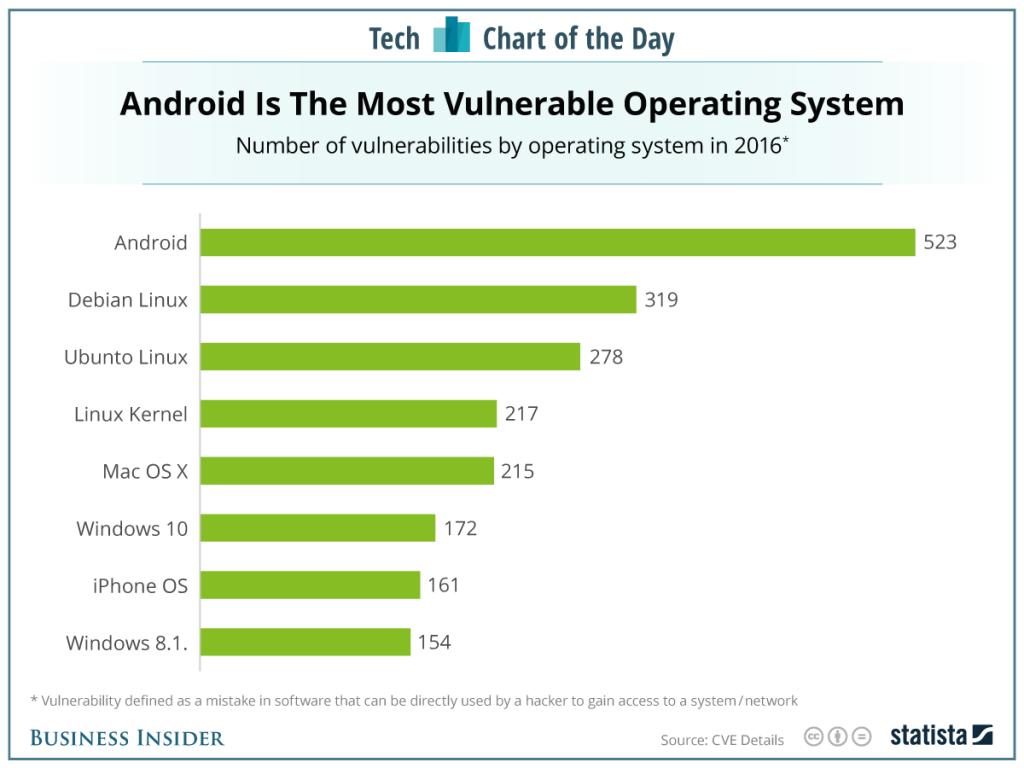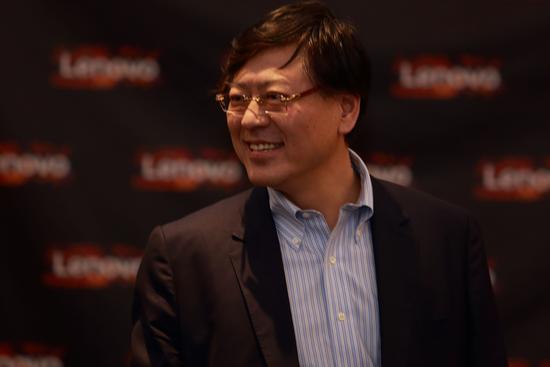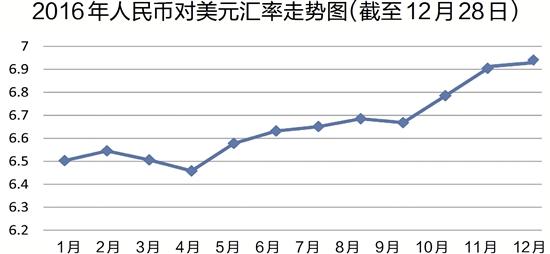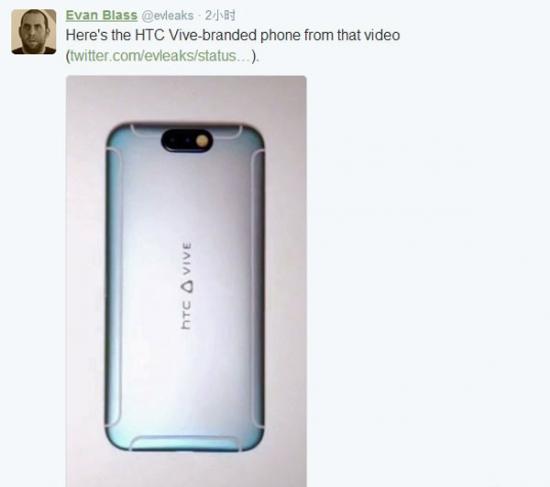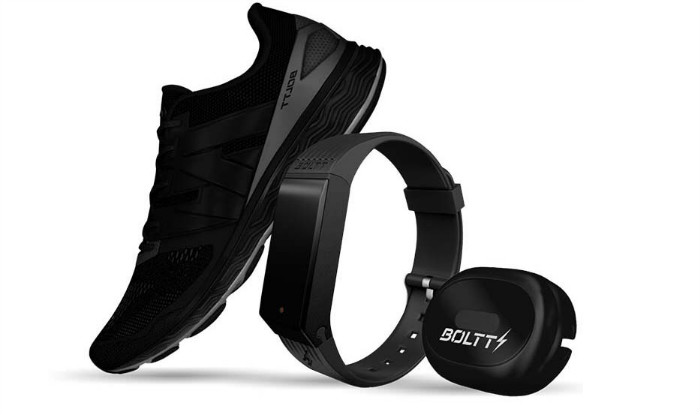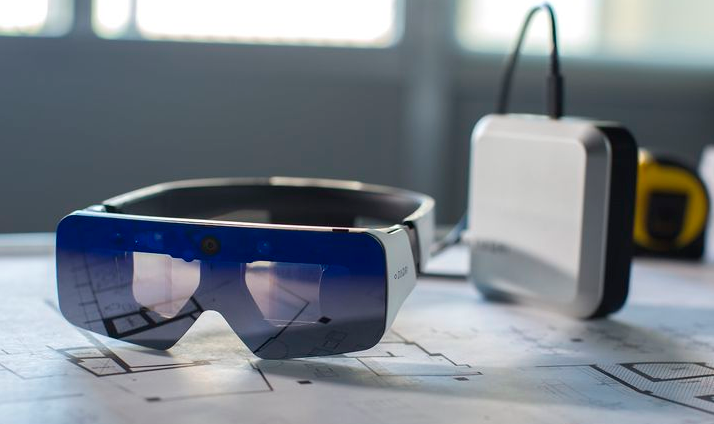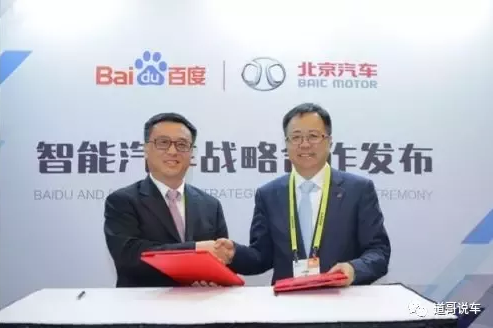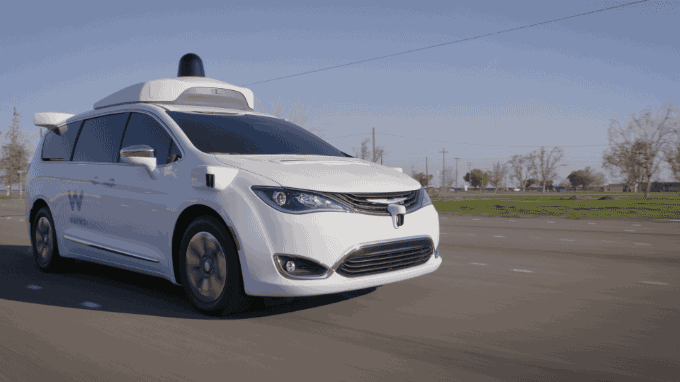
01-09: Because of USD, BOM cost increases, and thus smartphone ASP must increase too; Indian government has extended the deadline by 2 months for mobile phone manufacturers to implement the panic button feature in new handset; etc.
Chipsets
MediaTek corporate VP JC Hsu emphasized that telematics and multimedia are not MediaTek’s only tools in its automotive strategy. MediaTek has other technologies and products include 77-79GHz mm wave radars, ADAS camera, and “very low-power” vision SoCs. (EE Times, article)
Qualcomm, Ericsson and AT&T announced plans to conduct interoperability testing and over-the-air field trials based on the expected 5G New Radio (NR) specifications being developed by 3GPP, which will form the basis of the global standards. (Laoyaoba, Yahoo, Financial Express)
Touch / Display
Samsung has submitted a new series of patents for flexible displays. The filings include a design for a device which can be rolled, like a newspaper, and book-like model which features a single curved edge. (Android Authority, Tencent, Patently Mobile, 163)
The EU launched a new project call LOMID (Large cost-effective OLED microdisplays and their applications) that aims to develop next-generation large-area OLED microdisplays for VR and AR applications. The project’s partners will produce flexible OLED microdisplays sized 13×21 mm (about 1” diagonal) with a resolution of 1200×1920 (2,300PPI). (OLED-Info, Fraunhofer FEP, IDW)
UBI estimates the total automotive display market at USD25B by 2022 – out of which OLEDs will account for about 20%, or USD5B. The main challenge still facing massive OLED adoption, according to UBI, is the lifetime of AMOLED panels. (OLEDNet, OLED-Info)
Hon Hai Precision Industry and its subsidiary Sharp might build a factory in Zhengzhou, Henan Province, to make OLED panels. The plant would cost at least JPY100B (USD854M), and the panels would be slapped on Apple iPhones. Sharp announced plans to spend JPY200B on its OLED panel business, including launching prototype lines in 2018 in locations such as its Sakai plant in Osaka Prefecture, western Japan. (Laoyaoba, Asia Nikkei)
With Hon Hai Precision’s support, Sharp plans to double its shipment growth for all its product lines. Sharp has reportedly asked its supply chain to lower the cost at least 20%, and also Sharp is developing South East Asia market. (Laoyaoba, DZ-Z, ET Today)
Camera
Yuanta Investment Consulting analyst Jeff Yu indicates that thanks to Huawei, Xiaomi, vivo, OPPO and other Chinese smartphone vendors expanding their adoption of dual-camera, he has raised his forecast of dual-camera smartphone shipment in 2017 from 187M to 228M units. He also estimates in the coming 3~8 months we will see some upgrades on dual-camera setting such as OIS, more than 20MP, foldable design. (Laoyaoba, China Times)
Sensory
Waymo has built all of its own sensors for use on its latest test vehicles, self-driving Chrysler’s Pacifica minivans. Waymo CEO John Krafcik indicates the cost of LIDAR sensors used to be around USD75,000, but Krafcik says that they have lowered the cost by about 90%, which means they cost around USD7,500 now. (CN Beta, TechCrunch, Android Headlines)
Biometrics
NEC announced the provision of face recognition technology at Atanasio Girardot Stadium, in Medellin, Colombia, the country’s second largest city, in order to contribute to the safety, security and enjoyment of audiences for leading sports events. (Laoyaoba, NEC, Source Security)
Smartphones
The Indian government has extended the deadline by 2 months for mobile phone manufacturers to implement the panic button feature in new handsets. The government in Apr. 2016 mandated that all mobile phones in the country from 1 Jan. 2017, will be sold with panic button feature. As per the order, pressing panic button will make a call to single emergency number 112. (Gadgets Now, BGR, Tech Radar)
According to CVE Details, among the mobile and desktop operating systems ringing up the 50 most vulnerabilities in 2016, Android was on top with 523 such flaws. In comparison, iOS was number 15 with 161 such issues. (Business Insider, CVE Details, HiAPK, 199IT)
Jeffrey Kvaal and Gregory McNaff, analysts with Nomura Securities, believe that in 4Q17 a “supercycle” will be created, which will act as a catalyst for making Apple “iPhone 8” a more successful product than the iPhone 6. They estimate the “iPhone 8” will launch into an iOS subscriber base 45%~50% larger than the iPhone 6 did and model 86M iPhones in F1Q18 (from 83M). (Laoyaoba, Business Insider, 9to5Mac, TechTimes)
Lenovo Group CEO Yang Yuanqing indicates that they have sold 2M units of Moto Z. For this number, Yang indicates that even though there is still a gap with current mainstream products, but if it is treat as a new type of product, it is competitive with Apple iPhone when it is first launched. (Laoyaoba, 163, C114)
Exchange rate of USD and CNY is raising from 6.45 onwards from Apr. 2016, and it is generally believed the rate will not fall below 7.1 in 2017. A lot of main components of mobile phone are imported from overseas in China, i.e., using USD for trading, thus impacting directly the BOM cost. If phone vendors want to keep the same spec without increasing the ASP, they have to absorb the increase cost gap, which is impossible. (Laoyaoba, Huanqiu, IT 168, CN Beta)
HTC Vive smartphone is leaked. It seems featuring a uni-body metallic design, with antenna white band at four sides of the back of the phone. (Engadget, 163, iFeng, Even Blass)
Tablets / PCs
KGI Securities analyst Ming-Chi Kuo has indicated that Apple is expected to update the 12.9” iPad Pro, to introduce a new design sized 10”~10.5” with a narrow bezel, and to offer a low priced 9.7” model. They are expected to debut in the 2Q17, which would put them in the hands of consumers sometime between Apr.~Jun. 2017. (Apple Insider, Sina, Tencent)
KGI Securities analyst Ming-Chi Kuo indicates that the Apple’s 2017 12.9” iPad Pro and 10”~10.5” model will have an A10X chip by TSMC, while low-priced 9.7” model will have an A9 chip by Samsung LSI. (Mac Rumors, TechNews)
Wearables
[CES 2017] Indian fitness tech startup Boltt unveiled smart wearables powered by artificial intelligence (AI). The products launched were connected shoes, stride sensor, fitness trackers and a virtual health assistant named “B”. (EE Times, India.com, The Week, Kejixun)
[CES 2017] Intel is showcasing its DAQRI smart AR glasses, which is powered by Intel’s 7th generation Atom processor and sensors technology. (NBD, CNET, Uncova)
[CES 2017] French startup Spinali Design launching jeans that vibrate. They connect to a smartphone via Bluetooth, and the sensors sewed into the sides of the pants will buzz to notify of incoming text or calls and navigating. They are priced from USD76 to USD252. (CN Beta, Metro, BGR)
Internet of Things
[CES 2017] Baidu announced a partnership with Chinese passenger vehicle maker BAIC Motor, to work together on a developing smart car tech, and Level 3 autonomous driving in particular. Vehicles resulting from this partnership with Level 3 autonomy will be entering road tests by the end of 2017. (TechCrunch, Sohu)
Automotive suppliers and automakers are expanding alliances to develop self-driving car technology that can serve multiple automakers, as the race to put such vehicles on the road separates companies that can go it alone from those that need help sharing the financial and technical burdens. Several suppliers – notably Mobileye, Nvidia and Delphi – are among the more popular technology partners in the self-driving race, with multiple alliances around the globe. (CN Beta, Reuters, Recode)
Citing the scientific and technical challenges, even with huge recent advances in artificial intelligence (AI), Gil Pratt, a former MIT professor who heads the year-old Toyota Research Institute said, bluntly, “We are not even close”. He explained that “people have zero tolerance for deaths caused by a machine”. (EE Times, article)
